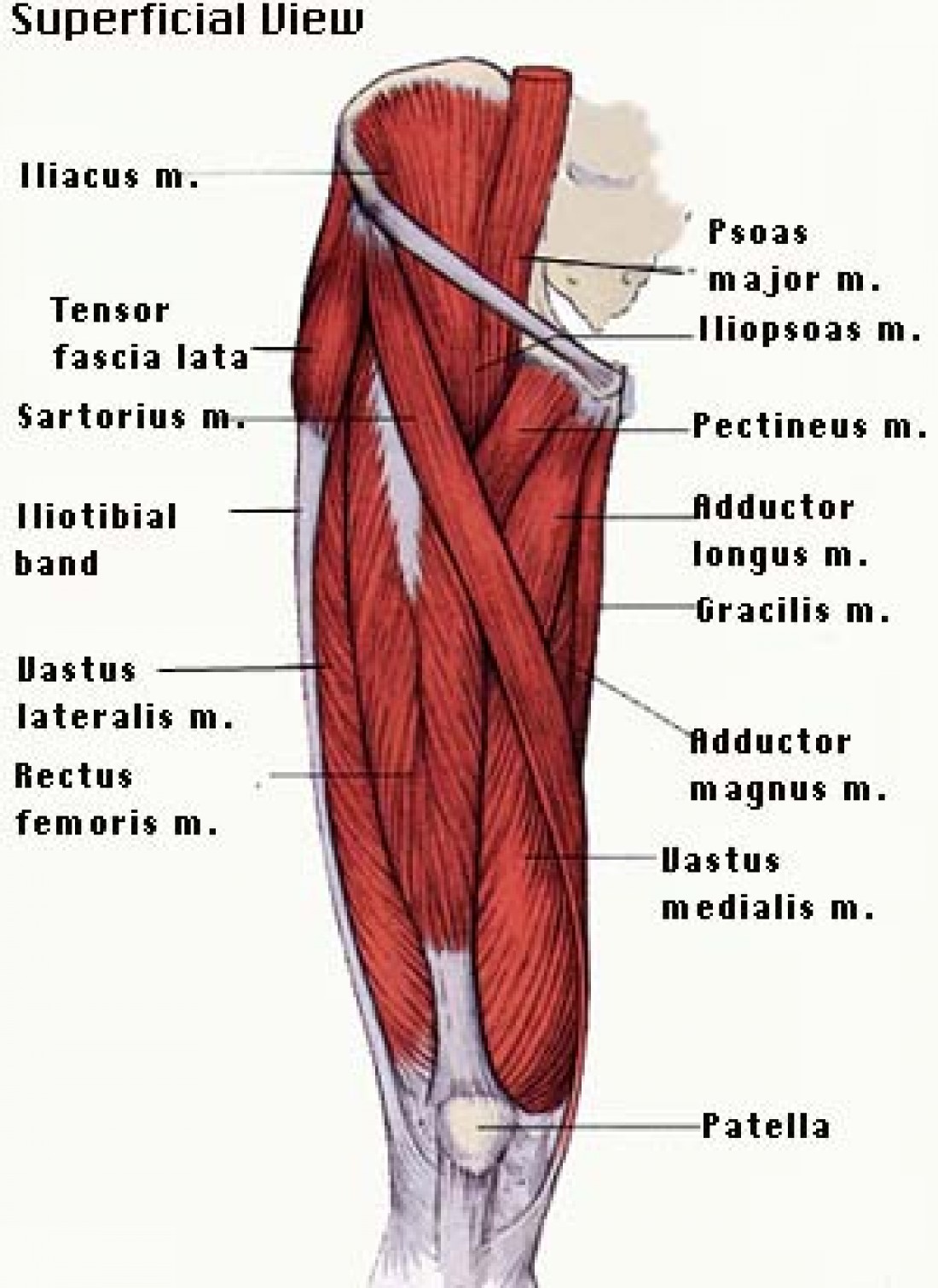The Canadian University Soccer season is here, and this year marks my 3rd season as Assistant Coach and Fitness Coach with the University of Ontario Institute of Technology (UOIT) Ridgebacks Women’s Varsity Soccer Team. This season, I will be blogging every day with a ‘Tip of the Day’ – a small piece of information about the testing, training, monitoring, or performance analysis I am doing with the team.
Today’s Tip of the Day is about functional movement of the hip. In soccer, the movements at the hip are unique because they involve not only running and jumping (which happen in all sports), but also specific movements with the ball such as cutting, dribbling, passing, and shooting. The hip joint, including the surrounding muscles and tendons, can get overused due to all the twisting and turning movements that take place. In particular, many soccer players will have a problem with valgus knee alignment (knees pointing inwards) that can result from overuse of the hip joint and weakness of some of the surrounding muscles.
One specific muscle, the glute medius, located on the outside of the hip joint, is of particular importance, as it is the main muscle involved in external rotation of the hip (turning the hip outwards). External rotation is very important for soccer players because it moves the knees from a valgus alignment (knees pointing inwards, which predisposes the knee to cartilage and ligament injuries) to a more straight alignment. Weakness of the glute medius (and the corresponding lack of hip external rotation) can also lead to groin injuries, as the inside of the thigh muscles (groin or adductors)can end up compensating for the muscle weakness on the outside of the hip.
Strengthening of the glute medius to bring the hip into a more externally rotated position is a very effective strategy for soccer players, both as a means of preventing hip and knee injuries, as well as rehabilitating them. Below is a link to a video of a simple and effective glute medius exercise, that requires only a small thera-band to perform. I have used these exercises to great effect in several of the high performance environments in which I have worked. Over time, athletes will see a decreased risk of injury in combination with better running and jumping performance.
I’d love to hear your thoughts about this topic. Drop me a line here to get the conversation started.


Leave A Comment